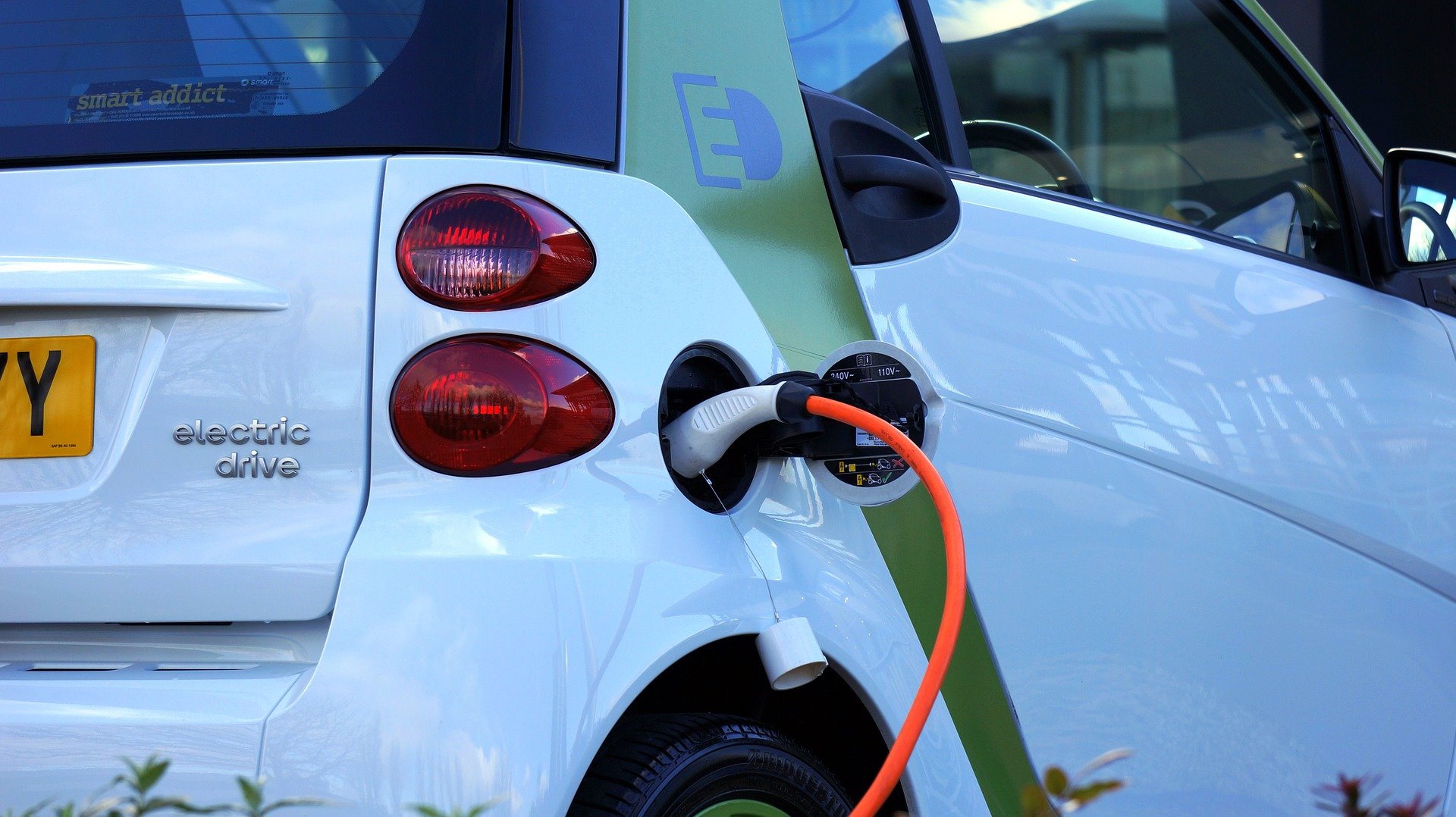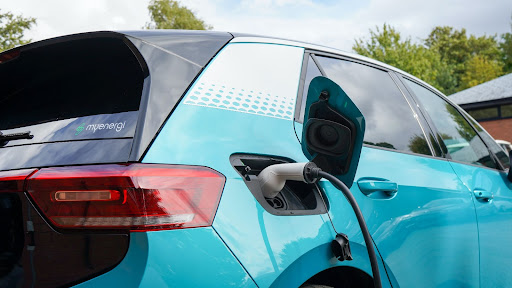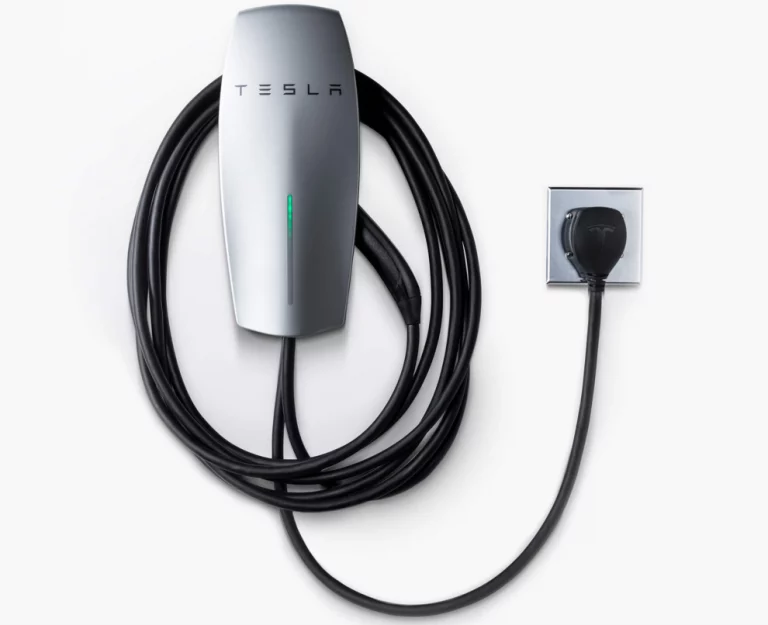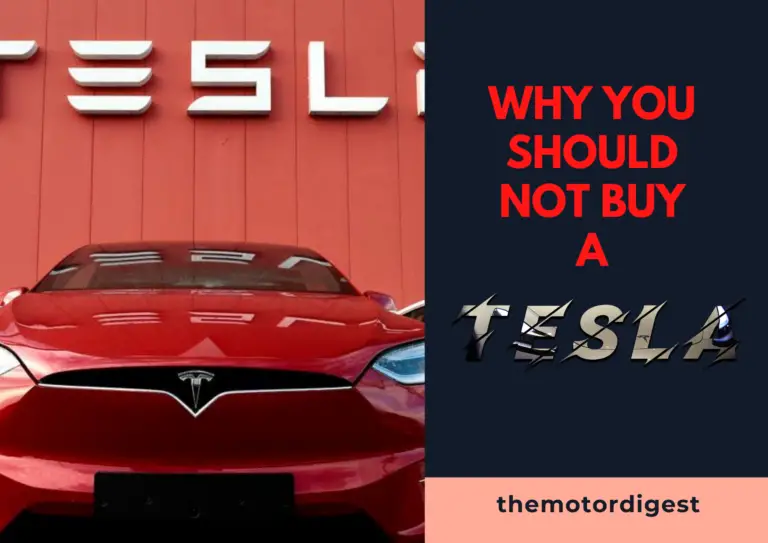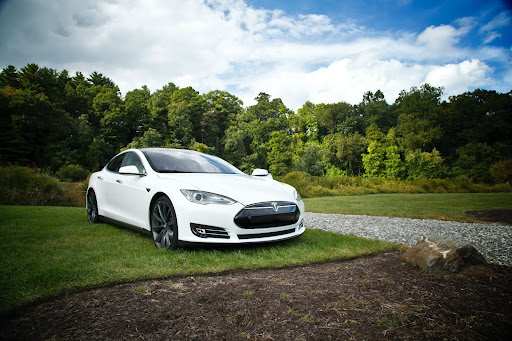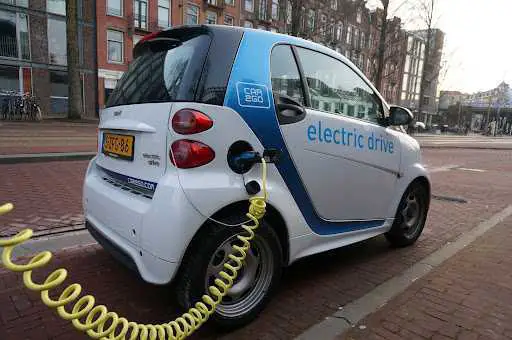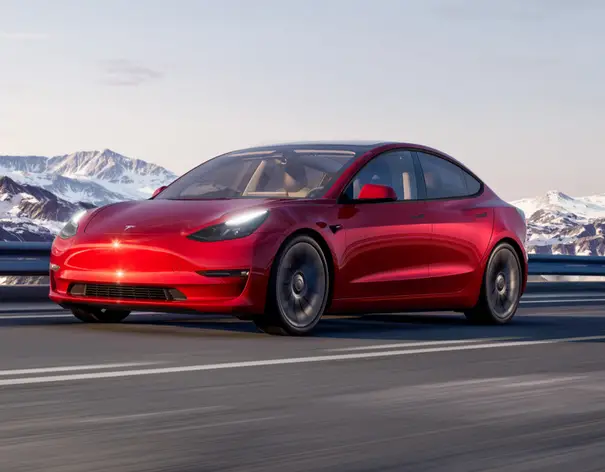Can You Charge An Electric Car While Driving?
Wouldn’t it be great if we could achieve some of the motive power solutions fantasized by science fiction writers? It would be fantastic to be beamed up or teleported over distances by magical inventions. Unfortunately, the reality is that we live in an imperfect world that requires fuel to provide power and invariably involves balancing environmental concerns against cost, performance, and efficiency.
It’s impossible to plug a full-time charger into a pure EV while on the move. Still, all EVs have regenerative charging capability, which turns the electric motor into a generator when the car’s brakes are applied or coasting downhill. The ICE engine in Hybrid EVs charges when it is running.
While it is not possible to charge EVs (not hybrid EVs) while the motors propel the car, there are remarkable developments in progress, which will eventually mean that the battery receives a charge as your EV travels on certain roads.
Table of Contents
- Pure EVs Charge While Driving
- Will EVs Charge While Driving in the Future
- What is this Technology Realistically Going to Be Installed?
- Hybrid EV’s Charge While Driving
- Conclusion
Pure EVs Charge While Driving
EVs are the most environmentally friendly type of renewable energy vehicles currently available on a large scale. Not having an internal combustion engine means eliminating all the problems associated with the gas-powered components of a Hybrid EV.
The only area where they are not as convenient is receiving the main battery charge from static battery sites and not from a generator that works every time the car is turned on. Despite this, a minor regenerative charging activity does occur while the EV is being driven.
EV motors serve two functions; on the one hand, they work to power the vehicle. On the other, they switch roles. Instead of the motor being an electrical consumer, it becomes a generator that charges the Lithium-ion battery.
The use of regenerative technology by EVs enables the vehicle’s kinetic energy to be converted back to electrical power during braking or while the vehicle is coasting downhill.
Kinetic energy transforms into electrical power and then to chemical energy in the regenerative braking phase. The electrical energy is stored in storage devices, including batteries, ultracapacitors, and ultrahigh-speed flywheels.
Typically, regenerative electrical systems extend the driving range by up to 10%.
Will EVs Charge While Driving in the Future
Once considered a fringe type of vehicle power supply, EVs quickly developed into the most common driving vehicles.
Cornell University has been developing an in-transit charging system.
The concept, which is about to be trialed, involves battery charging lanes built into the road network. The technology works like an induction charging system used for wireless charging of electronic devices.
The idea will work in the following way.
- If the EV charge level becomes too low, the driver will move into the charging lane.
- The charging lane will be equipped with devices that automatically identify the car and the owner’s account details.
- The system will request the vehicle’s computer to confirm the charge.
- When accepted, the charge will commence for as long as the vehicle travels in the charging lane.
The system involves several charging plates being installed on the road surface. These are connected to an ample AC power supply.
AC creates a magnetic field within the charging plate, which induces the current into the vehicle. The AC is transformed into DC and is fed into the battery.
The science behind this solution has been researched and is valid.
The main challenges will be:
- The commercialization of the technology
- Technology standardization is critical as both the vehicle and the road surface must be fully compatible
- How to keep the cost structure low enough that widespread adoption is achieved.
- The optimum way to collect charging fees
- Designing charging technology that can be used by all types of vehicles with different charging needs
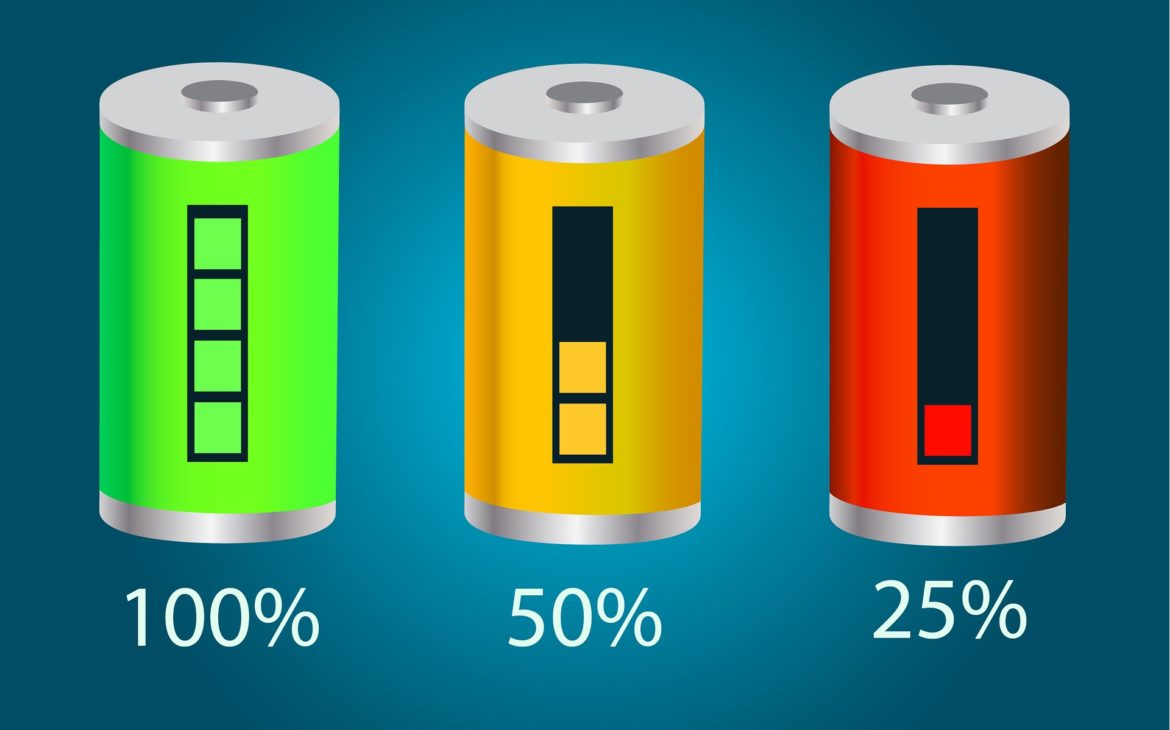
What is this Technology Realistically Going to Be Installed?
There have been three positive developments in Sweden and the US.
The Island of Gotland in Sweden
An Israeli start-up, “ElectReon,” is installing a 1.6 km trial induction route on the Swedish island of Gotland.
It will supply charge to electric buses and trucks shuttling between the airport and the town of Visby, the island’s capital.
The local transportation authorities hope that the infrastructure will significantly cut down the CO2 emissions from this movement of vehicles.
Tests are Being Conducted in Indiana
Indiana Department of Transportation will begin testing induction charging technology on highway pavements in the state.
The Indiana tests will consist of three phases, beginning with testing and validation of several types of pavements and finally, installation of actual devices.
Michigan will Actively Start Testing
Michigan will start to actively test the technology by installing it on sections of paved highways.
Hybrid EV’s Charge While Driving
Hybrid electric vehicles use both internal combustion engines and electric motors.
Like conventional EVs, Hybrid vehicles have a regenerative charging ability, where the motor doubles up as a generator.
However, the primary charging capability comes from the internal combustion engine. In some EVs, the electric motor provides the direct motivation power. The Internal Combustion unit is minimal and low-powered, acting more like a petrol generator than a conventional motor car engine.
The internal combustion engine provides the primary electrical generation source, and it is ironic that the size of the gas tank still determines the range of a Hybrid EV.
Hybrid EVs have a slightly lower gas consumption than vehicles powered only by internal combustion engines, but they are not an optimal power source for road-going cars.
They still produce CO2 emissions and contribute to the global carbon build-up, and one of the power sources is still non-renewable gas.
In addition, because Hybrid vehicles have an Internal Combustion engine, an electrical motor, and a battery pack, they are heavier than pure EVs and conventional cars powered by internal combustion engines; this impacts both the vehicle’s handling and driving performance.
The multiplication of systems means they are subject to the maintenance costs associated with both technologies.
Conclusion
As with many technological advances, the paradigm change in the growth and capability of EVs will make future systems almost unrecognizable to those we use today.
The finite range and need for the slow re-charging systems of today form a barrier to total take-up. In the future, technology will advance at such a rate that the inconveniences we experienced today will become a thing of the past.
Amazon and the Amazon logo are trademarks of Amazon.com, Inc, or its affiliates.

